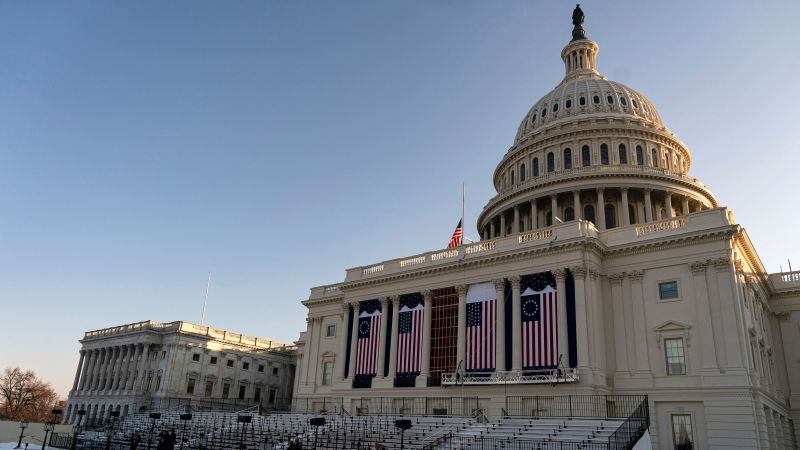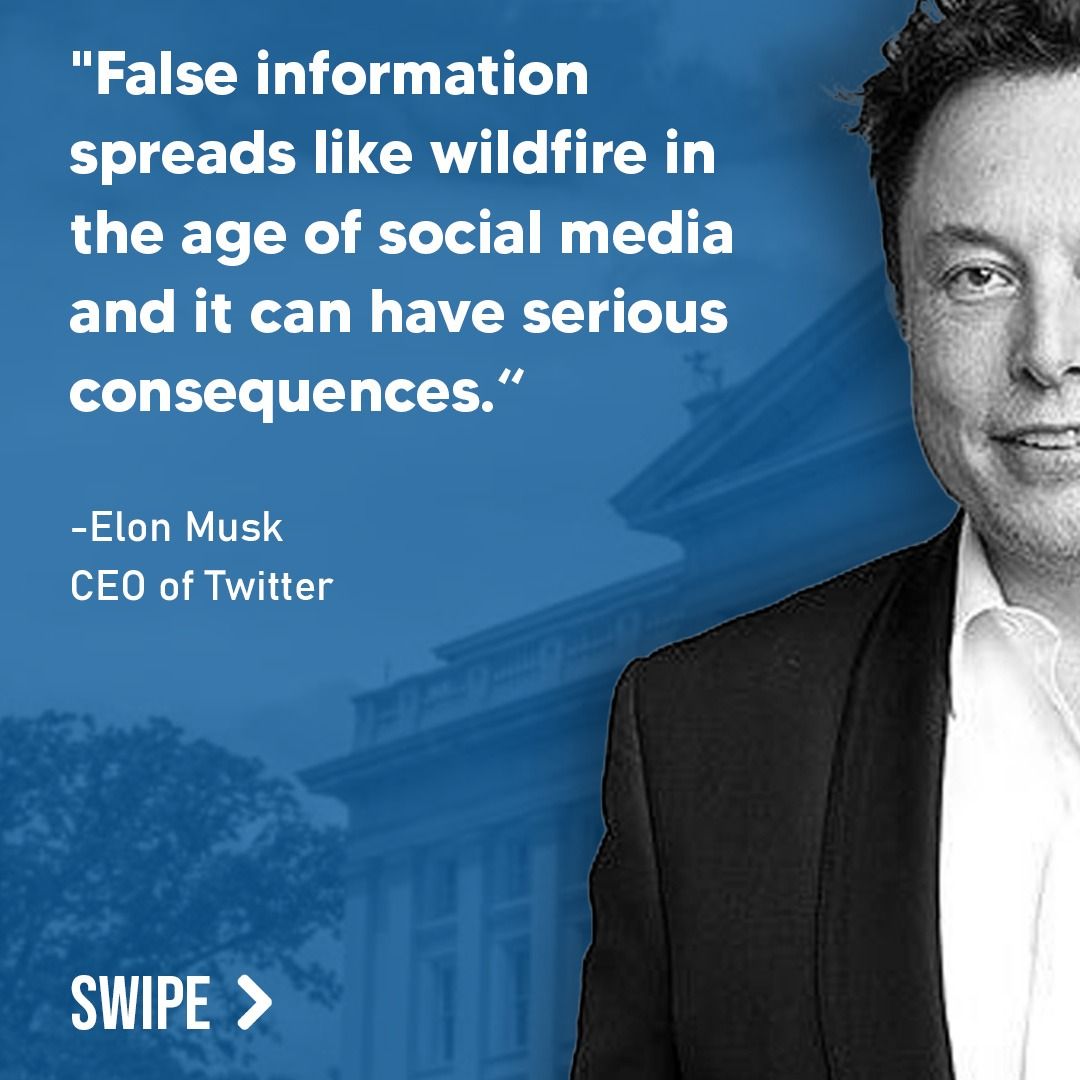
Image Credit: Getty Images
Fact Check: Was Trump’s Inauguration Truly Moved Indoors? Here’s the Story.
Our team at DBUNK LLC recently received this article fact-check request from one of our dedicated subscribers, who asked: “Why did Trump’s team wait until just three days before the inauguration to move the event indoors if the cold weather forecast was known in advance?” Thank you to our user for submitting this pertinent query. Let’s break this down with clear, nonpartisan analysis.
The article in question, published on CNN, discusses the decision by President-elect Donald Trump’s team to move the inauguration ceremony indoors, citing dangerously cold weather forecasted in Washington, D.C. While the story provides significant context and historical parallels, there are areas where clarification, missing context, and potentially misleading details come to light.

Key Fact-Check Insights:
1. Did Trump’s Team Have Foreknowledge of the Extreme Weather?
One of the central issues surrounding this event is the timeline of the decision to move the ceremony indoors. The article states that this decision was made only three days before the inauguration — a notably short time frame for such a significant change. However, weather forecasts typically predict temperatures and wind chills with reasonable accuracy up to two weeks in advance. The article fails to address why Trump’s team did not announce the shift earlier to provide more time for logistical and security adjustments.
This lack of explanation leaves readers with unanswered questions. Alternative sources, including independent meteorological data, suggest the cold weather was forecast at least a week in advance, raising questions about whether it was truly a last-minute realization or a delayed decision by the inaugural planning committee. This omission could potentially mislead readers into believing that the change was solely due to newly emerging information rather than delayed planning.

2. Historical Comparisons: Accurate but Missing Key Context
While the article accurately references historical precedents, such as Ronald Reagan’s indoor inauguration in 1985 due to extreme cold, it glosses over key logistical differences between then and now. In 1985, the decision to move Reagan’s event indoors was made at least a week prior to the ceremony, allowing time for proper planning and communication with the public. By contrast, CNN reports that agencies now have just three days to adjust security plans, underscoring the consequences of late-stage decisions by Trump’s team. This discrepancy is not highlighted in the article, potentially leading readers to believe that such last-minute changes are routine, which is not the case.
Additionally, the article’s comparison to President William Henry Harrison, who gave a lengthy inauguration speech in freezing weather and later died of pneumonia, is speculative and irrelevant to Trump’s carefully controlled indoor decision. While it serves as dramatic commentary, it does little to inform readers about the practical implications of this year’s changes.
3. Impact on Public Safety and Security
The article mentions security agencies scrambling to adjust their plans with just three days’ notice but does not delve into the potential risks this poses. Large-scale events designated as National Special Security Events (NSSEs) require extensive coordination, and abrupt changes could jeopardize safety measures. Failing to explore this critical angle leaves readers unaware of possible vulnerabilities caused by the late decision. Sources from within the Department of Homeland Security have noted that shortened preparation windows increase the likelihood of oversight in NSSE protocols, a crucial detail missing from the coverage.

Conclusion: A Well-Written Article with Glaring Gaps
While CNN provides a largely accurate overview of the situation, there are several areas where the information is incomplete or lacking deeper context. The article fails to adequately investigate why Trump’s team delayed the decision until just three days before the ceremony, how this abbreviated timeline affects public safety, and whether historical comparisons are truly reflective of current circumstances. These omissions risk misleading readers into underestimating the implications of such changes and the responsibility of the organizers.
For those interested in a deeper understanding of this story or who wish to request their own fact checks, remember to submit your queries to DBUNK. Transparency is the cornerstone of democracy, and we are here to ensure that you stay informed without bias.
Our latest DBUNK App will be launching soon. Stay tuned for updates!


